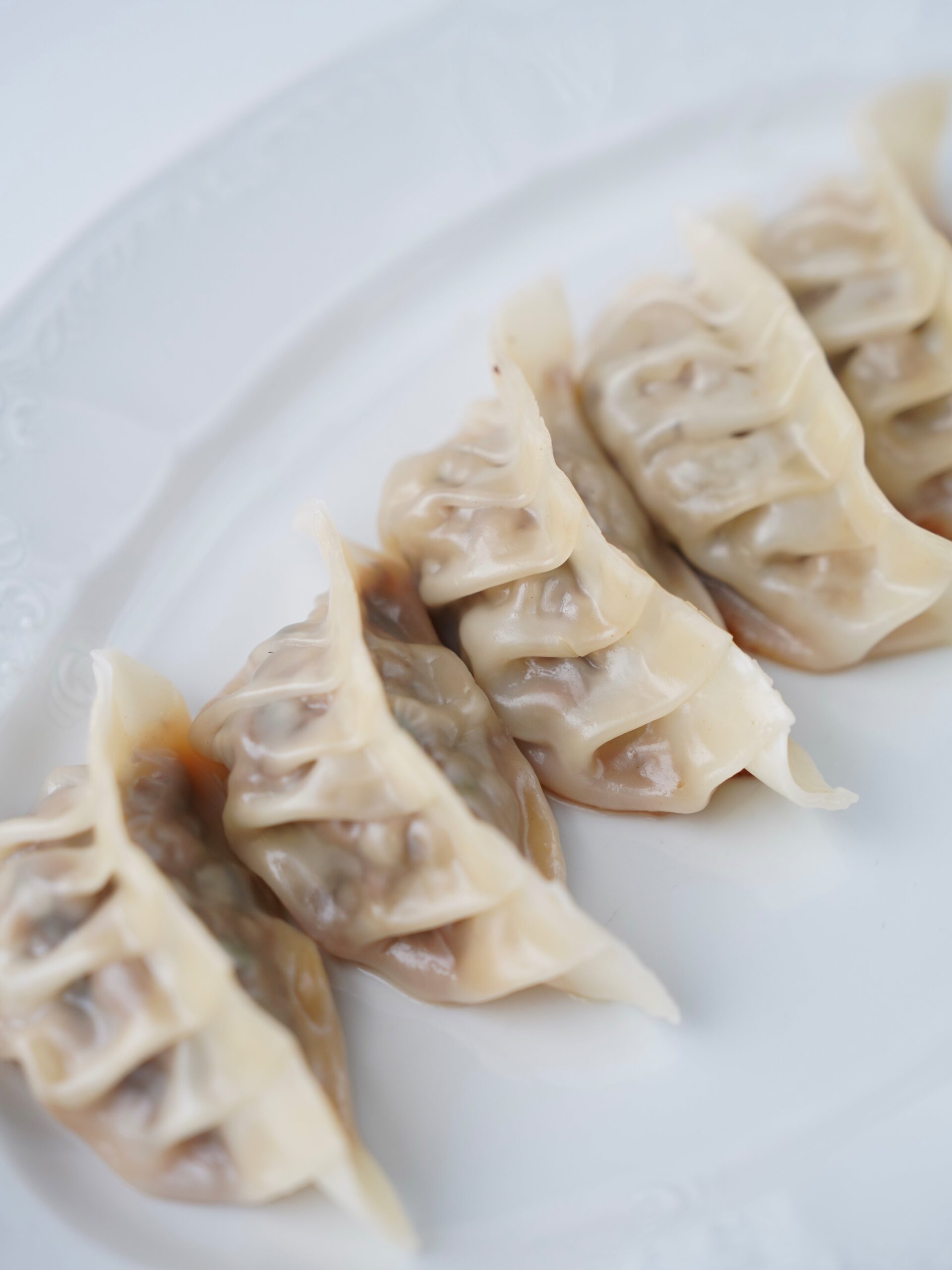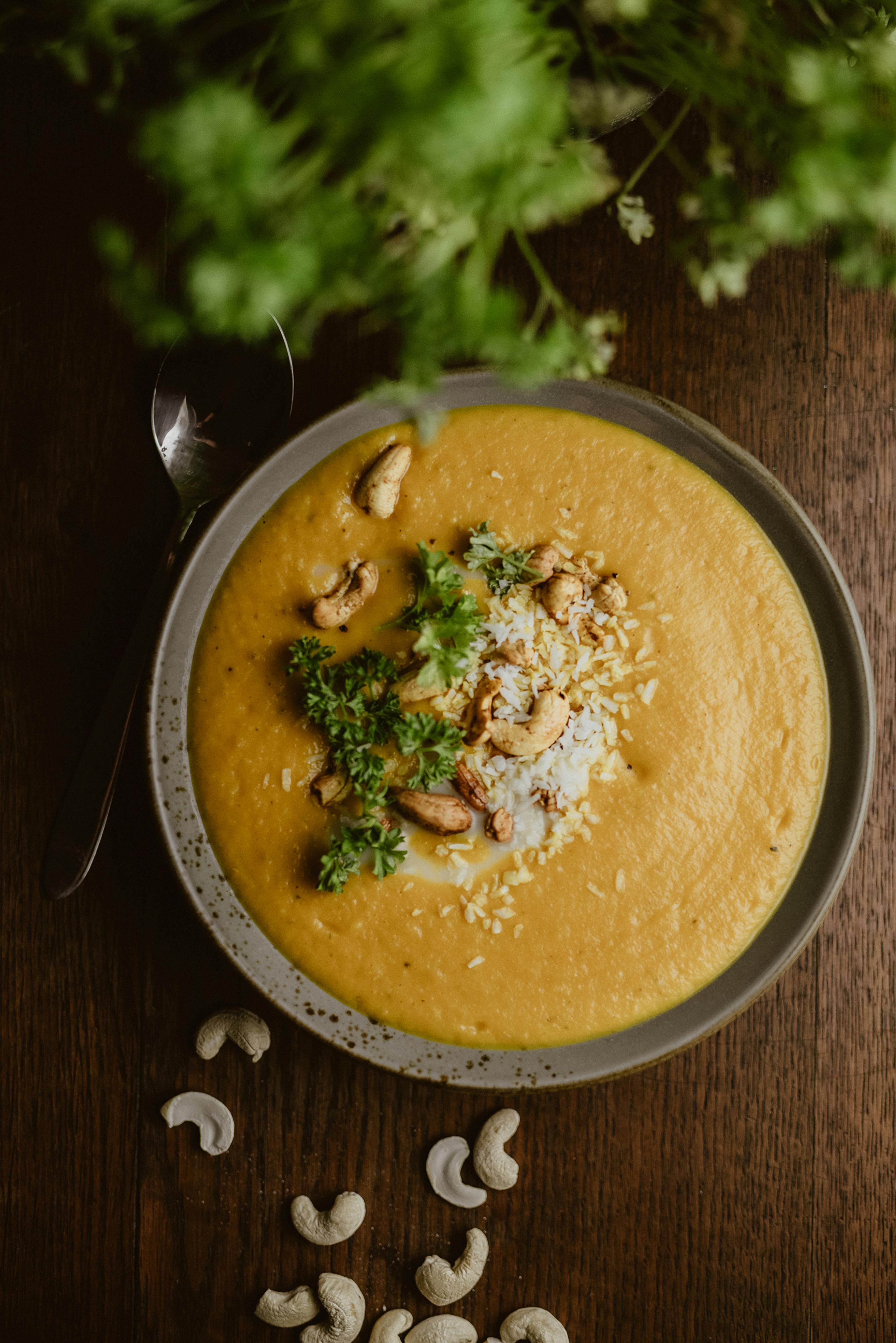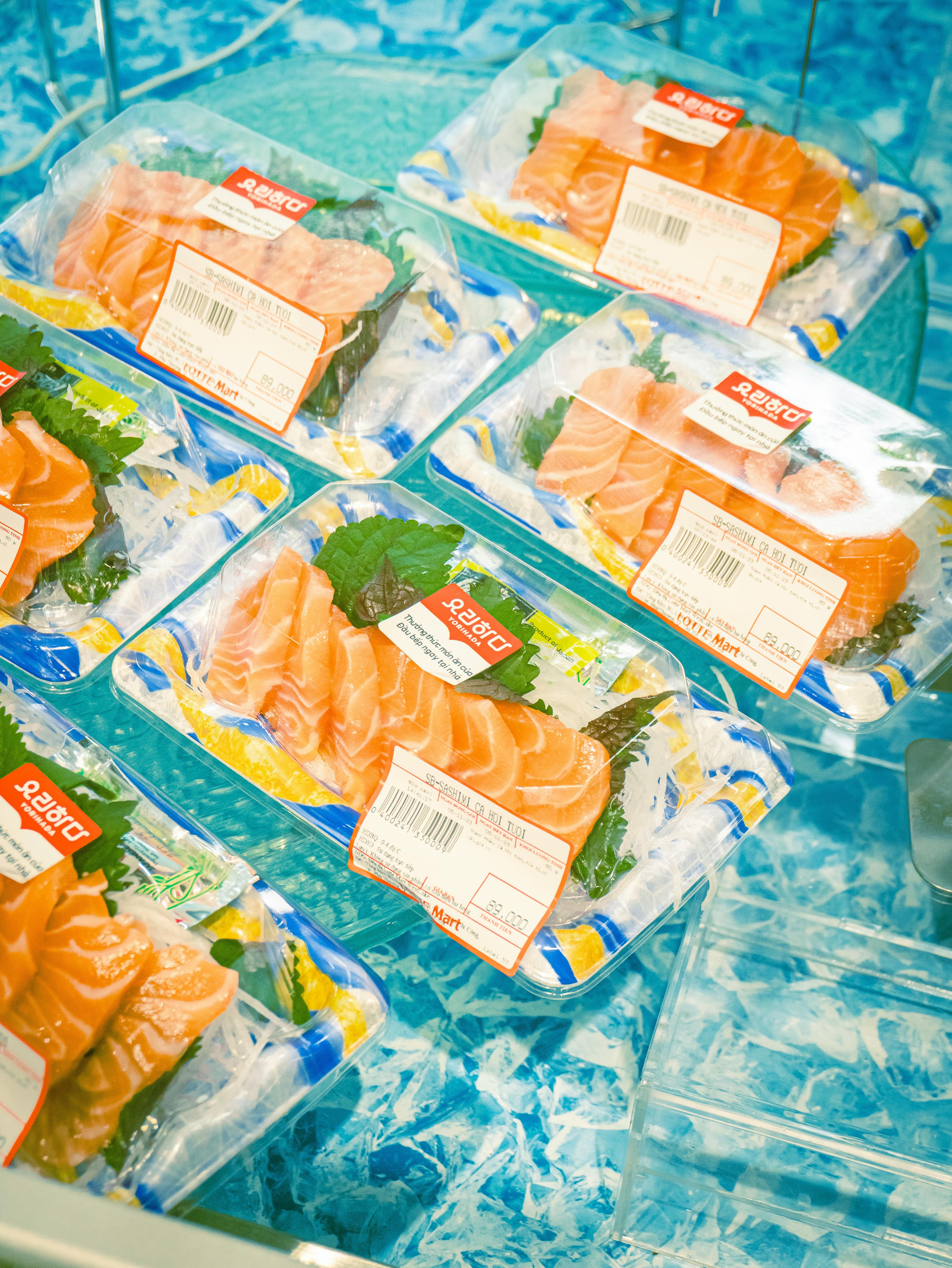In the world of cooking, there is an art to creating mouthwatering dishes that burst with flavor. And at the heart of this culinary magic lies the science of marination. Infusing your favorite ingredients with incredible tastes and aromas, marination takes your cooking to new heights. From tenderizing meats to infusing vegetables with savory goodness, understanding the principles behind the flavor infusion process opens up a world of possibilities in the kitchen. So, grab your apron and prepare to embark on a flavorful journey as we explore the science of marination. Get ready to elevate your cooking skills and tantalize your taste buds like never before.

Marination Basics
What is marination?
Marination is a culinary technique that involves soaking food, typically meat or vegetables, in a mixture of ingredients to enhance flavor, tenderize texture, and add moisture. It is a process that allows the flavors of the marinade to penetrate the surface of the food, resulting in a more delicious and succulent final product.
Purpose of marination
The main purpose of marination is to infuse flavor into the food. By immersing the food in a mixture of herbs, spices, acids, and other ingredients, the marinade seeps into the meat or vegetables, creating a depth of flavor that can’t be achieved through other cooking methods alone. Marination also helps in tenderizing the food, breaking down tough fibers and connective tissues, resulting in a more tender and juicy outcome.
How marination works
Marination works through the process of osmosis. When food is submerged in a liquid marinade, the concentration of the marinade’s flavors is higher than that of the food’s natural juices. As a result, the flavors are drawn into the food, allowing the flavors and other components of the marinade to penetrate the surface. This process also helps in breaking down proteins and connective tissues, leading to a more tender texture.
Types of Marinades
Wet marinades
Wet marinades are the most common type of marinade and consist of a liquid base combined with various flavorings. The liquid component can be anything from oil to vinegar, citrus juice, yogurt, or even wine. The flavorings can include herbs, spices, garlic, onions, and other ingredients that complement and enhance the overall taste. Wet marinades are great for infusing flavor and tenderness into meat or vegetables.
Dry marinades
Dry marinades, also known as rubs, are made up of a mixture of dry ingredients, such as herbs, spices, salt, and sugar. Unlike wet marinades, dry marinades do not require any liquid component. Instead, the mixture is rubbed onto the surface of the food, forming a flavorful crust. Dry marinades are ideal for meats that are intended to be grilled or roasted, as they create a delicious outer layer while preserving the natural juices within.
Acidic marinades
Acidic marinades use ingredients like vinegar, lemon juice, or citrus juice as the primary component. The acid helps to tenderize the food by breaking down proteins and connective tissues. Acidic marinades work particularly well with tougher cuts of meat, such as beef or lamb, as they help to soften the fibers and improve the overall texture. However, it’s important to not overmarinate with acidic marinades, as they can also denature the proteins and make the meat mushy.
Enzyme-based marinades
Enzyme-based marinades use natural enzymes found in fruits like pineapple, papaya, or kiwi to tenderize the food. These enzymes, such as bromelain or papain, help to break down proteins and connective tissues, resulting in a more tender texture. However, caution should be exercised with enzyme-based marinades, as they can quickly become too powerful and turn the meat into a mushy consistency if left marinating for too long.

Flavor Components
Salt
Salt is a crucial component in any marinade as it enhances flavor and helps to draw out moisture from the food. It also aids in tenderizing the meat by breaking down proteins. When using salt in a marinade, it’s important to use the right amount to avoid over-salting or making the meat too salty.
Acid
Acidic ingredients, such as vinegar, citrus juice, or wine, add brightness and tanginess to the marinade. The acid not only enhances flavor but also helps to tenderize the meat by breaking down proteins. It’s important to balance the acidity in the marinade to avoid overpowering the other flavors.
Sweetness
Sweet ingredients, like sugar, honey, or fruit juices, add a touch of sweetness to the marinade. This sweetness can help to balance out the acidity and add complexity to the overall flavor profile. However, it’s important not to add too much sweetness, as it can overpower the other flavors in the marinade.
Umami
Umami is often described as the fifth taste, and it adds a savory and rich flavor to the marinade. Ingredients high in umami, such as soy sauce, Worcestershire sauce, or mushrooms, can be used to enhance the overall depth and complexity of the marinade. Umami can amplify the flavors of other ingredients and create a more robust taste experience.
Herbs and spices
Herbs and spices are the key to creating a well-rounded and flavorful marinade. Ingredients like garlic, ginger, rosemary, thyme, or chili flakes can add aromatic and pungent notes to the marinade. Combining different herbs and spices allows for endless possibilities and customization to suit personal preferences and cuisines.
Effects of Marination on Texture
Tenderizing
Marination plays a significant role in tenderizing meat, especially tougher cuts. The acids and enzymes in the marinade help to break down proteins and connective tissues, resulting in a more tender texture. The longer the marination period, the more pronounced the tenderizing effect will be. However, it’s important to find the right balance of marination time to avoid over-tenderizing and turning the meat mushy.
Moisturizing
Marination helps to add moisture to the food, particularly when using wet marinades that contain oil or other liquid components. The marinade penetrates the surface of the meat, trapping moisture and preventing it from evaporating during cooking. This leads to a more succulent and juicy final result.
Breaking down connective tissues
Tougher cuts of meat often contain high amounts of collagen, which can make them chewy and less desirable. Marinating these cuts of meat helps to break down collagen, converting it into gelatin, which gives a more tender and melt-in-your-mouth texture. The acids and enzymes in the marinade play a crucial role in this breakdown process.

Factors Affecting Marination
Time
The marination time plays a vital role in flavor infusion and texture development. While a shorter marination time of 30 minutes to a few hours can still provide noticeable results, longer marination periods of several hours or even overnight allow for deeper penetration of flavors and more tenderizing effects. However, it’s important to keep in mind that marinating for too long can lead to an overly salted or mushy texture.
Temperature
The temperature at which marination takes place can impact the effectiveness of the process. It is recommended to marinate food in the refrigerator to prevent bacterial growth and ensure food safety. Cold temperatures also slow down enzymatic reactions, allowing for a longer marination period without over-tenderizing the meat.
Thickness of the meat
The thickness of the meat or vegetables being marinated can affect the marination time. Thicker cuts require more time for the marinade to penetrate and reach the center, while thinner cuts can absorb flavors more quickly. Adjusting the marination time based on the thickness of the food is crucial to achieve optimal results.
Marinating Techniques
Brining
Brining is a marination technique that involves soaking food, typically poultry or seafood, in a saltwater solution known as a brine. The brine not only enhances flavor but also helps to retain moisture in the food during cooking. Brining is particularly beneficial for lean cuts of meat, such as turkey or chicken breast, as it helps to prevent dryness and adds juiciness.
Injection
Injection marination involves using a marinade injector to directly inject the marinade into the meat, ensuring a more even distribution of flavor. This technique is commonly used for larger cuts of meat, such as roasts or whole poultry, where it can be challenging for the marinade to penetrate deeply through traditional marination methods.
Vacuum marination
Vacuum marination is a method that involves placing the food and marinade in a vacuum-sealed bag or container. By removing the air from the bag, the marinade is forced to penetrate the food more effectively, resulting in enhanced flavor and texture. Vacuum marination also reduces the marination time required, as the absence of air allows for quicker absorption of the marinade.
Maceration
Maceration is a marinating technique typically used for fruits or vegetables. It involves soaking the food in a liquid, such as alcohol or fruit juice, to enhance flavor and soften texture. Maceration is commonly used in recipes like fruit compotes, pickled vegetables, or infused spirits where the flavors of the liquid need to be absorbed by the food.
Marination Tips and Tricks
Use an acidic ingredient
Including an acidic ingredient, such as vinegar, citrus juice, or yogurt, in your marinade helps to tenderize the meat and add tanginess to the flavor. The acid breaks down proteins and connective tissues, resulting in a more tender texture. However, it’s important to balance the acidity to avoid overwhelming the other flavors.
Add salt in the right amount
Salt is a crucial ingredient in marination as it enhances flavor and helps to draw out moisture. However, it’s important not to overdo it. Use the recommended amount of salt in the marinade to avoid making the meat too salty. It’s always easier to add more salt later while cooking if needed.
Balance flavors
When creating a marinade, it’s important to consider the balance of flavors. Experiment with different herbs, spices, acids, and sweeteners to achieve a harmonious blend. Taste the marinade before adding it to the food and make adjustments as necessary to ensure that all the flavors are well-balanced.
Don’t marinate for too long
While marination is essential for flavor infusion and tenderizing, marinating for too long can lead to undesirable results. The acids and enzymes in the marinade can over-tenderize the meat, resulting in a mushy texture. Follow the recommended marination time for the specific recipe to avoid this issue.
Consider the cut of meat
Different cuts of meat require different marination techniques and times. Tougher cuts, like a chuck roast or flank steak, benefit from longer marination periods to break down tougher fibers. More tender cuts, like a tenderloin or ribeye, require shorter marination times to avoid over-tenderizing. Consider the characteristics of the cut when determining the marination approach.
Marinating Vegetables
Vegetable options for marination
While marination is commonly associated with meat, vegetables can also benefit from this technique. Vegetables like eggplant, zucchini, mushrooms, or bell peppers are great options for marination. They can absorb flavors and become more flavorful when marinated, adding depth and complexity to vegetarian dishes or grilled vegetable platters.
Difference in marinating vegetables vs meat
Marinating vegetables differs from marinating meat in a few ways. First, the marination time for vegetables is typically shorter compared to meat, as vegetables tend to absorb flavors more quickly. Secondly, the texture goals are different, as marinated vegetables are usually desired to retain some crispness or crunch, rather than being tenderized like meat. Adjusting the marinade ingredients and time accordingly is key to achieve the desired result.
Safety Considerations
Handling raw marinated meat
When handling raw marinated meat, it’s important to follow proper food safety practices to prevent cross-contamination. Always marinate meat in a non-reactive container, such as glass or stainless steel, and refrigerate it promptly. Dispose of any leftover marinade that has come into contact with raw meat to avoid the risk of bacterial contamination.
Marinating seafood properly
Seafood, especially delicate varieties like fish or shrimp, should be marinated for a shorter period compared to meat. The acid in the marinade can over-tenderize seafood quickly, resulting in a mushy texture. Monitor the marination time closely and adjust accordingly to avoid undesirable outcomes.
Conclusion
Marination is a versatile culinary technique that can elevate the flavor and texture of both meat and vegetables. Whether you prefer wet marinades, dry rubs, acidic marinades, or enzyme-based marinades, there are endless possibilities to explore. Understanding the different flavor components and their respective roles, as well as considering factors like marination time, temperature, and the thickness of the food, will help you achieve the best results. With careful marination techniques and a little experimentation, you can unlock a world of delicious possibilities in your cooking. So go ahead, embrace the art of marination, and let your taste buds jump for joy!

